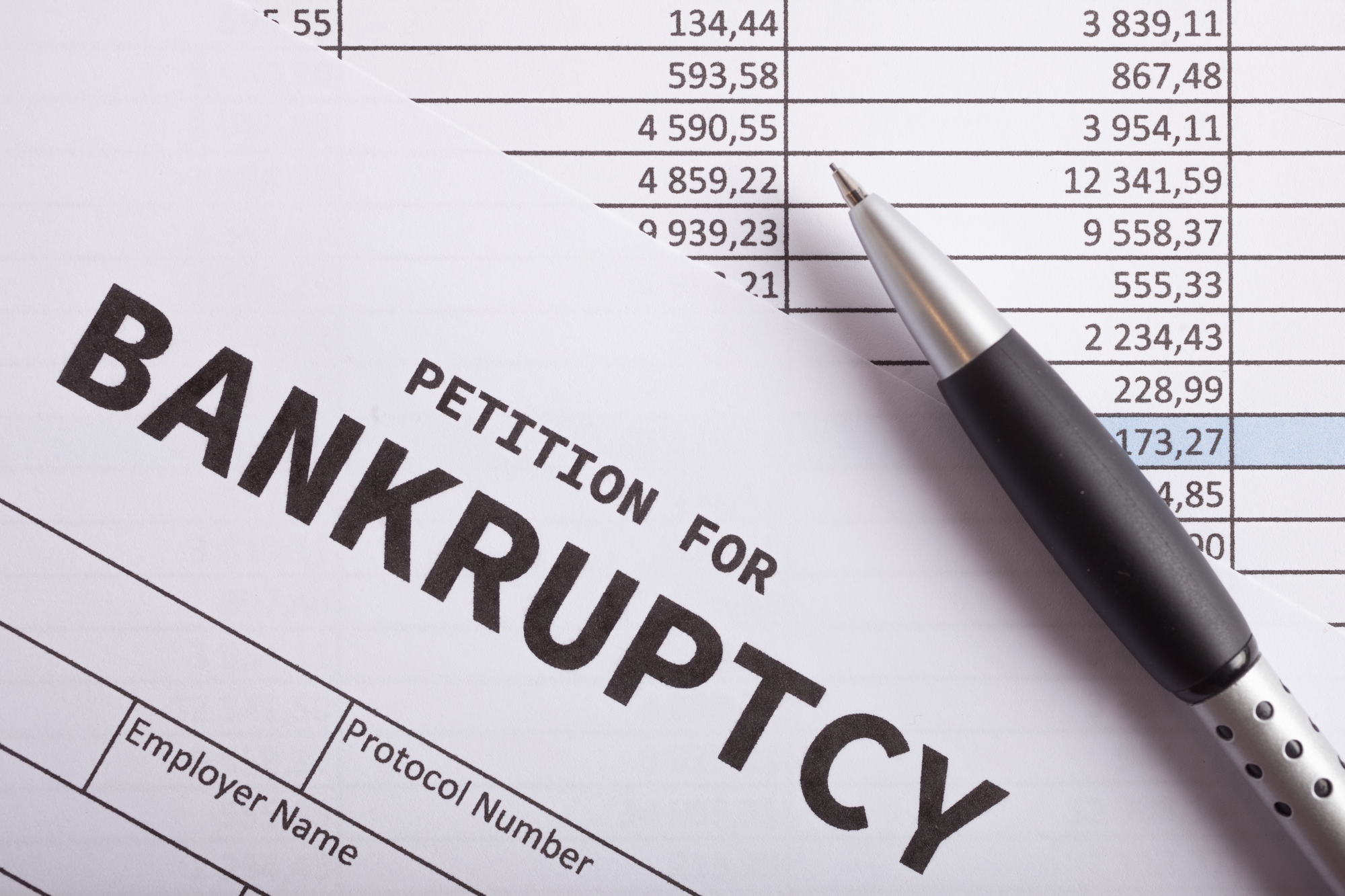At Utah Bankruptcy Professionals, our mission is to assist clients not only with necessary bankruptcy filings, but also many areas beyond. While our bankruptcy attorneys will help you with everything from bankruptcy forms to determining whether Chapter 7, Chapter 13 or other forms of bankruptcy are the best option, we’re also proud to assist many clients with the long-term processes needed to ensure they don’t go through bankruptcy all over again a few years down the line.
Sadly, industry data shows that above 10% of all bankruptcies filed are not an individual or entity’s first bankruptcy declaration. Here are some basic themes we can recommend when it comes to avoiding a second bankruptcy, beginning with some basic limitations on when such additional bankruptcies can even be filed.
Timing Limitations
Bankruptcy is not simply a process you can take whenever you feel like it, nor would anyone want to. There are limits to how often debt can be discharged through bankruptcy, based on the filing date of the previous bankruptcy and the types involved. Here is the basic information you need:
- Chapter 7 followed by Chapter 7: 8 years apart
- Chapter 13 followed by Chapter 13: 2 years apart
- Chapter 13 followed by Chapter 7: 6 years apart, but this can be reduced if you meet certain repayment criteria in good faith
- Chapter 7 followed by Chapter 13: 4 years apart
Avoiding Second Bankruptcy
Even if the requisite amount of time has passed and you would be eligible to file for bankruptcy again, this is generally not a desirable outcome. Here are some general tips following an initial bankruptcy that will help you avoid the need to file again in the future:
- Paying off credit: It’s common for those who have received a bankruptcy discharge to receive numerous credit card offers soon after. And while it’s important to rebuild credit by repaying debts, taking too many of these offers and simply building up a whole bunch more debt is not the way to go. Ensure you pay off any new debts and are cautious about which you take out.
- Home purchase: Many bankruptcies are due to problems paying a home mortgage, and you do not want to repeat this mistake. If you purchase a home after bankruptcy, be realistic and ensure you can make payments.
- Emergency fund: You never know what will come up, and sudden expenses often cause bankruptcies as well. Ensure you’re prepared.
- Budgeting and income: Take the time to evaluate the full picture of your finances, from your spending habits to income and how these compare. If you continue to struggle with proper budgeting, consider professional assistance.
For more on avoiding a second bankruptcy, or to learn about any of our bankruptcy attorney services, speak to the staff at Utah Bankruptcy today.



